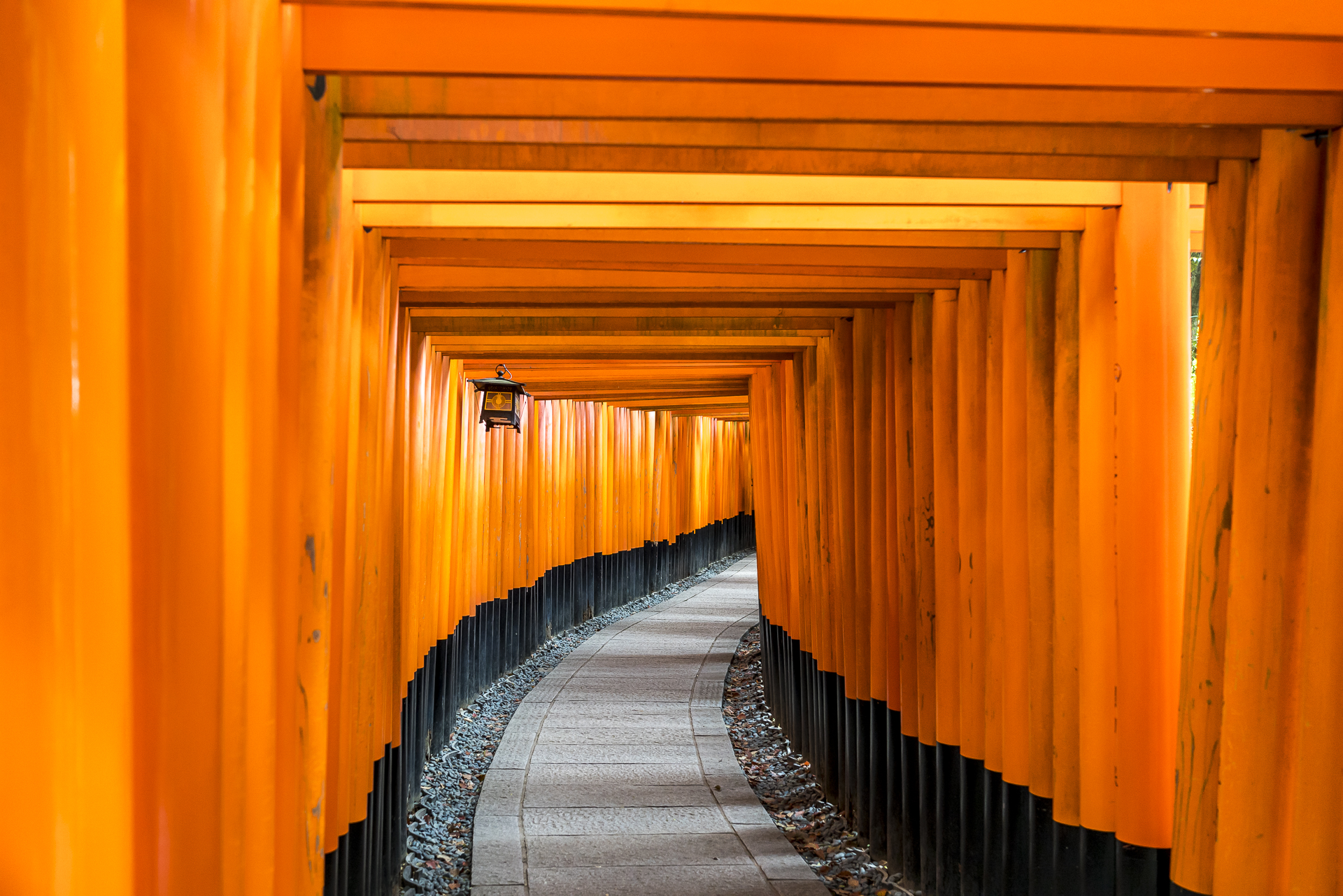
Kyoto in 4 days – travel tips for Japan’s ancient imperial city
Kyoto is a fixed item in a “Japan for Beginners” itinerary; also with us. After six jam-packed days in Tokyo, we first made a detour to the Japanese Alps. Far away from the hustle and bustle of the big city, we recharged our batteries for the next intensive days in Kyoto and Osaka. A wise decision. Kyoto offers so many exciting sights that even the decision-making process can be an ordeal. To save you from the “temple stress”, I will show you in this blog post how we designed our four-day sightseeing program in Kyoto and what other exciting things there are to visit besides temples and shrines.
Day 1: Historic Kyoto
An incredible 17 different places comprise the UNESCO World Heritage Site “Historic Kyoto”. The individual objects are spread across Kyoto as well as Otsu and Uji. If you want to see all these cultural assets on your own, you will be busy for a while. On the first day, we first head for two of the 17 UNESCO World Heritage Sites. The golden shimmering Buddhist temple Kinkaku-ji is one of Kyoto’s trademarks and accordingly, it is packed within the complex. Everyone wants to “fight” for a good photo spot on the front line, and hardly anyone shies away from the targeted use of elbows. I soon got tired of the hustle and bustle, and we follow the crowd through the park in tripping steps. Even though the temple itself is imposing, this was the most disappointing thing about Kyoto for me as an overall experience. At the beginning of April, there are simply too many tourists on the road at the same time and due to the opening hours, it is hardly possible to avoid the crowds.

Not far from Kinkaku-ji, also on the northwestern outskirts of Kyoto, is another temple that is listed as a cultural heritage site. Ryoan-ji is known for its minimalist Zen garden. However, we skipped this one and headed straight to Nijo Castle in the center of Kyoto. The castle is also one of the 17 World Heritage Sites. Here it is much less “crowded” and the walk through the castle complex is surprisingly long with all the nooks and crannies. At the tea house we treat ourselves to a short break and enjoy a cup of matcha tea. This is worthwhile not only because of the tea, but also because of the view of the wonderful Japanese garden, which is only granted to tea house customers.


Not far from Nijo Castle is the extensive grounds of the Imperial Palace. Kyoto was an imperial city for a long time until the center of power was moved to Tokyo at the end of the 17th century. At first, I hesitate whether we should take the time to take a tour of the palace grounds. In Tokyo, I wasn’t so impressed and the Kyoto Imperial Palace is hardly mentioned in a “must-do” list. But the entrance is free and we are standing in front of it anyway, so we can also have a look at it. A good decision. Compared to Kinkaku-ji, there are hardly any tourists here and we take the opportunity to take a look at everything at our leisure.


Meanwhile, it is evening. We want to enjoy the last rays of sunshine of the day in the traditional districts of Gion and Higashiyama. Logically, there are significantly more tourists here, as everyone hopes to discover a “real” geisha. On our tour, I only see numerous “disguised” specimens. Renting kimonos for the city tour of Kyoto (as well as other historical sites in Japan) and having your picture taken in them is obviously hip. Funnily enough, the crowd is concentrated in a few alleys. If you leave it and go astray to the left or right, you are suddenly on your own. Discreetly hidden behind traditional house fronts, Gion and Higashiyama are home to numerous restaurants. We head purposefully for the restaurant Gion Manzara and, with luck, get two seats at the bar without a reservation. Gion Manzara’s speciality is Kyoto’s traditional home cooking, “Obanzai”.




Day 2: More Temples and Shrines
The next morning we get up early. Shortly after seven o’clock in the morning, we reach the entrance gate to Fushimi Inari-Taisha Shinto Shrine. It is known for its more than a thousand scarlet shining torii and, like the Kinkaku-ji Temple, is one of the main attractions of Kyoto. Access to Fushimi Inari-Taisha is free and not tied to opening hours, making it easier to avoid the main tourist flow. The red torii arches lead up to the 233 m high Inari Mountain, which we take on this morning. For me, this entertaining “morning hike” is one of the most beautiful experiences in Kyoto. At the very bottom, we occasionally meet like-minded early risers. But the further we climbed, the lonelier it becomes. Just the torii arches, the rustling of the canopy, birdsong and our rhythmic steps. We need less than two hours for the circular hike up the mountain and back down to the starting point and reach – timed perfectly – at 9.00 a.m. the slightly hidden, recommendable Cafe Vermillion. The ideal breakfast stop after visiting Fushimi Inari-Taisha Shrine. On the way back to the train station, we get an impression of how busy it is here at “normal” times, and are glad that we had the imposing shrine to ourselves for a brief moment.
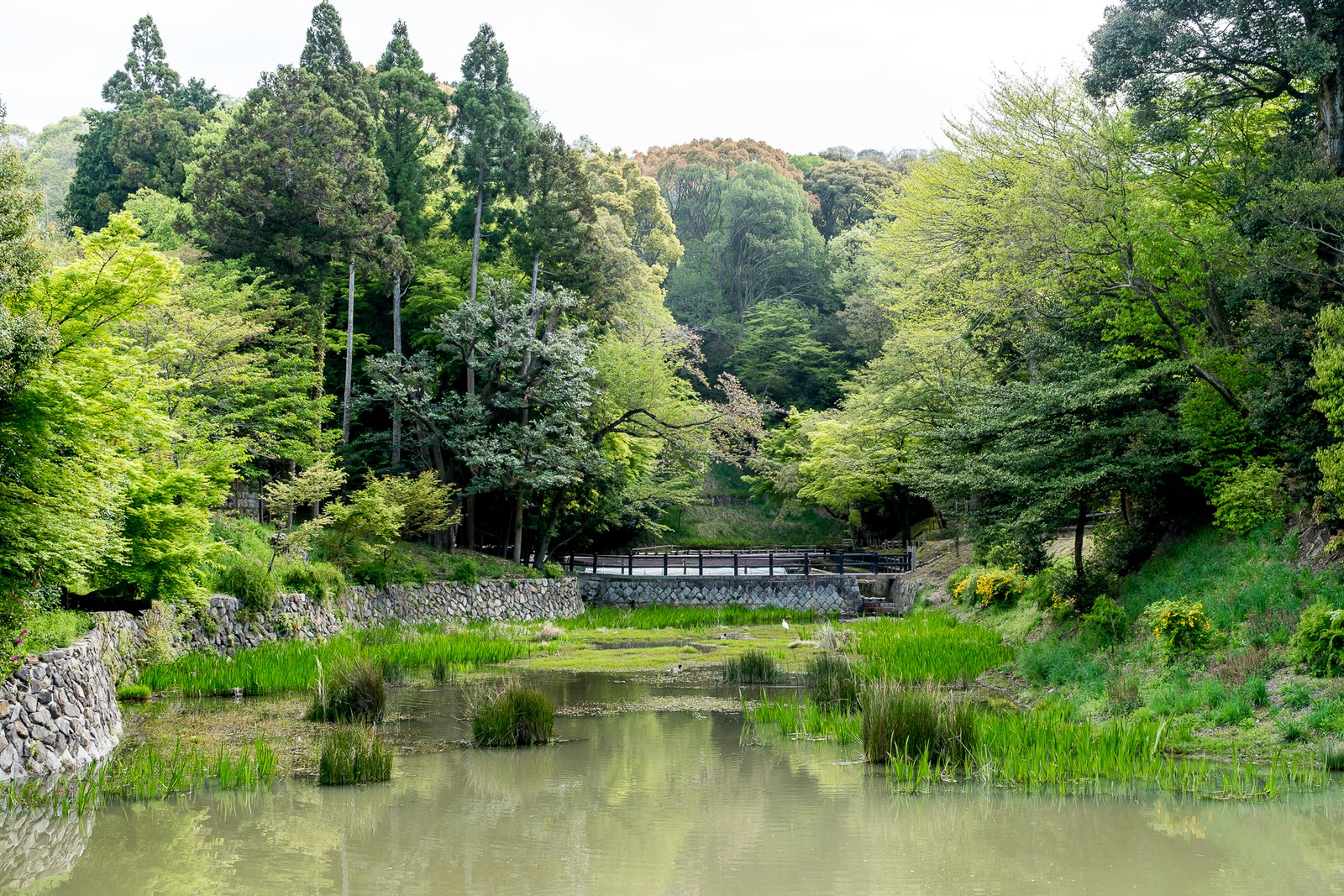




We take the metro from Inari station to Sanjo and walk from there to Nanzen-ji Temple. This is where the so-called Philosopher’s Path starts, which leads along the eastern outskirts of Kyoto beneath Mount Daimonji to Ginkaku-ji Temple. A beautifully landscaped promenade that connects various temples and shrines and leads through idyllic neighborhoods. I was particularly impressed by the Eikando Temple (Zenrin-ji). This temple complex is one of the top photo spots in Kyoto during the time of autumn coloring. Interestingly, it hardly attracts people in spring (at least during our visit, the garden was deserted) and to my astonishment, Japanese garden art goes so far here that the garden glows in subtle autumn colors even in spring. For me, it is definitely one of the most beautiful gardens we have seen on this trip. At the end of the Philosopher’s Path, we visit the temple of the Silver Pavilion “Ginkaku-ji” with its outstanding Zen garden.








Then it’s time for a coffee break. If you are here in the northeast of Kyoto, I can recommend two restaurants. On the one hand, the Patisserie Tatsuhito Satoi, which offers very fine cakes, and on the other hand, the hip Akatsuki Coffee, which is located in the middle of a casual residential area.
After the many kilometers we have covered on foot today, coffee and cake do not satisfy the hunger sufficiently. That’s why we make a stop at the “No Name Ramen Shop” not far from the Sanjo metro station. The small restaurant is located in an inconspicuous basement, but is totally hip in a minimalist style. As is typical for Japan, the menu is ordered at the vending machine. Another option for a fine ramen soup is the Inoichi restaurant near Gion Station.
Day 3: Kyoto from new angles
My favorites are the discoveries that I make by chance and haven’t researched beforehand. Murmur Coffee in Kyoto is just such a gem. When I was walking along the canal on the first evening, the eye-catching façade front appealed to me, and I made a note of it for a breakfast stop. The interior of the café is also very much to my taste, with a combination of concrete and wooden elements. The coffee and the fine toasts with honey are the well-known icing on the cake. I would definitely be a regular here. As it is, however, it remains a refreshment for the third day of sightseeing, which we dedicate entirely to art and Kyoto “off the beaten path”.


We are fortunate that we are dotting the opening weekend of kyotography with our travel time. This year, the international photo festival will take place for the sixth time in mid-April to mid-May. The photography festival consists of a total of 15 different exhibitions, which are crisscrossed throughout the center of Kyoto. The day pass costs 3,000 yen (around 27.50 CHF) and entitles you to access all exhibitions. For us, it’s not only the artistic aspect that’s exciting, but also the fact that we get to know an entirely different facet of Kyoto in our search for the individual locations. From an artistic point of view, I was impressed by the exhibition by Lauren Greenfield (Generation Wealth), which was impressively staged in a former printing house, as well as the works of Liu Bolin in collaboration with Ruinart (Reveal the Invisible).


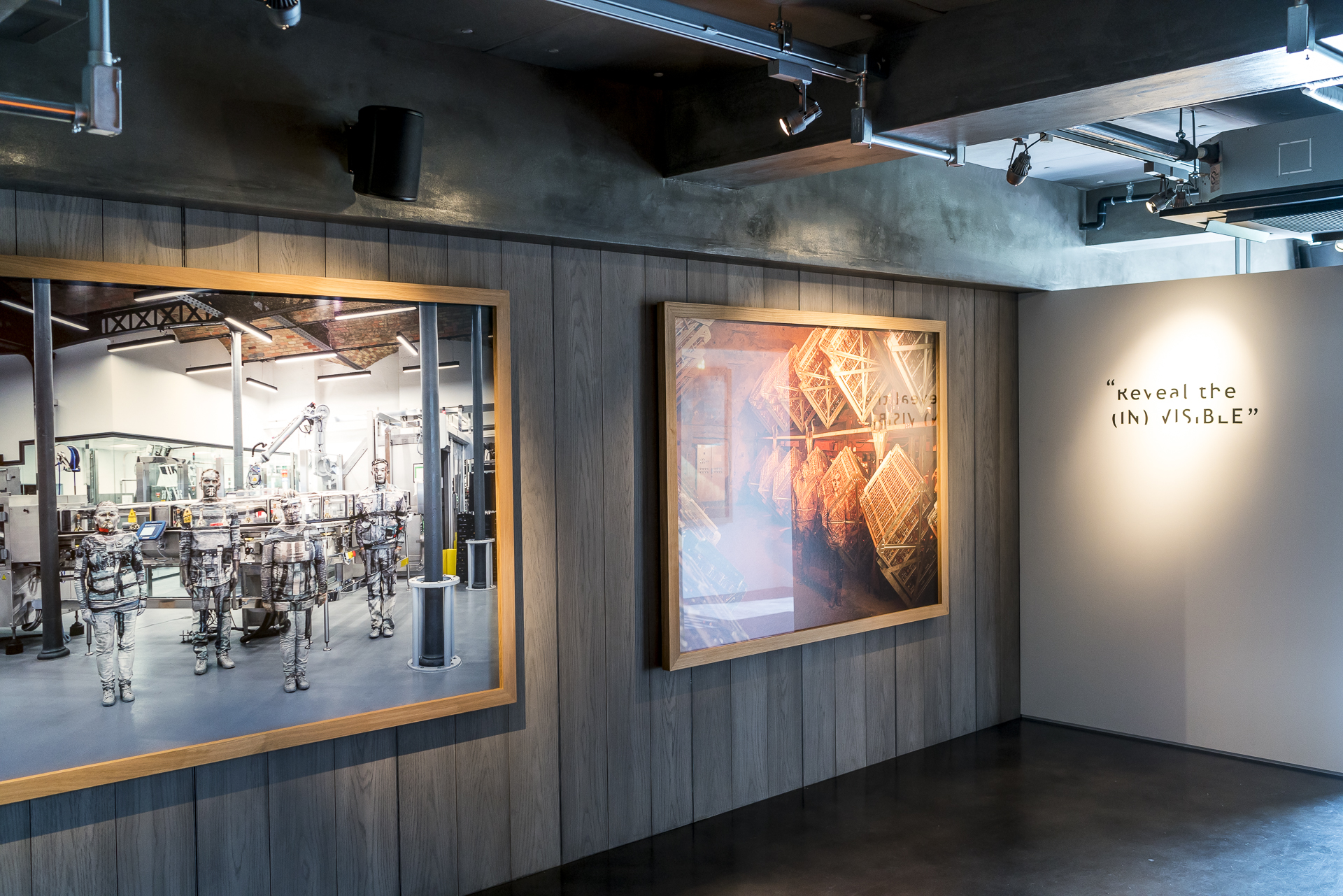
In contrast to our stay in Tokyo, we did not make any restaurant reservations in Kyoto in advance. The “trick” to get a table in a popular restaurant without a reservation is to drop by either very early or very late. We head for the restaurant Pound Kyoto Ekimae, which is known for its Kobe grilled meat, shortly after opening at 17:00 and are lucky. A table is still available for 1.5 hours, and that is more than enough in Japan. The Pound is a good choice for those who like to try their way through the different Kobe variants (and don’t want to spend considerable sums of money on them). The dinner cost us around 120 CHF.
Day 4: Excursion into the countryside
On the fourth day, you have to get up early again. From Kyoto Station we take the San-In Line to Arashiyama in about 15 minutes. This connection is included in the Japan Rail Pass (unlike the metro rides between Inari and Sanjo). In Arashiyama, we first take a look at one of Kyoto’s most famous photo spots – the Arashiyama Bamboo Forest. If you’re not here between 6:00 a.m. and 6:30 a.m., you won’t create a picture that doesn’t have other people in it. Meanwhile, I was really speechless about who flocks here and that 80% of the people actually do this only because of the bamboo forest. This looks good in photos, but otherwise offers no “substance”. The section is relatively short and in real life nothing special in my opinion. So take a brief look at the bamboo forest, have a coffee at 100% Arabica Arashiyama and then dedicate yourself to the real highlights of Arashiyama. This includes Tenryu-ji Temple right next to the bamboo forest. This is well frequented due to its proximity to the Bambo Groove.


We then walk further north, pass a pretty historic district and reach the Adashinonenbutsuji Temple after a good 20 minutes. The special thing about this temple complex is its more than 8,000 small Buddha statues as well as – bonus tip (!) – the stunning bamboo forest. Most of the bamboo forest postcard motifs do not come from the Arashiyama Bamboo Groove, but from the bamboo forest in the Adashinonenbutsuji temple complex. Interestingly, most tourists overlook this detail; otherwise I can’t explain why there are no people at Adashinonenbutsuji Temple. Unfortunately, access to the bamboo forest there was closed during our visit due to construction, and we have not found out when the work will be completed. Either way, it’s definitely worth the detour. If you follow the road uphill for another ten minutes, you will reach another outstanding temple complex. Even though we have already seen many temples in Tokyo and Kyoto, the Otagi Nenbutsu-ji will be remembered for his rakan figures (quasi ancient emojis). As you can see, Arashiyama offers much more than an Instagrammable bamboo picture.




Practical travel tips for Kyoto
- We stayed at Hostel K’s House Kyoto in a double room with shared bathroom and paid 270 CHF for 4 nights. The slightly more expensive double rooms with private bathrooms were already fully booked at the time of our booking (in October). K’s House is also a good choice with a shared bathroom, as it is nearby of Kyoto Station (with direct connections to Arashiyama and Nara) and Shichijo Station (towards Gion and Inari).
- The IC cards (e.g., Pasamo or Suica) work in the Kyoto metro as well as on the buses.
- On the buses, you get on at the rear door and pay at the front of the bus for the driver when you get off (either with the IC card or in cash with the exact amount).
- Right next to Kyoto Station is the Kurasu coffee shop – coffee lovers will find an exciting selection of filter coffee here.
- A great selection of local delicacies can be found at the well-known Nishiki Market.
- A casual alternative to the classic cuisine of Kyoto is the Beer Lab. They have a selection of local beers as well as incredibly tasty bites (my favorite is the bacon – so delicious!).
- Most of the shrines are free to visit. For the temple complexes, an entrance ticket usually has to be purchased (usually between 300 and 500 yen per person).



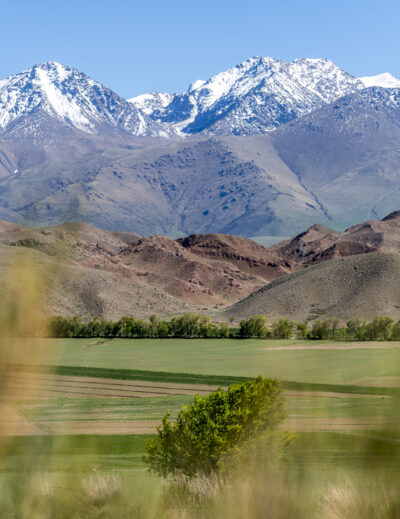
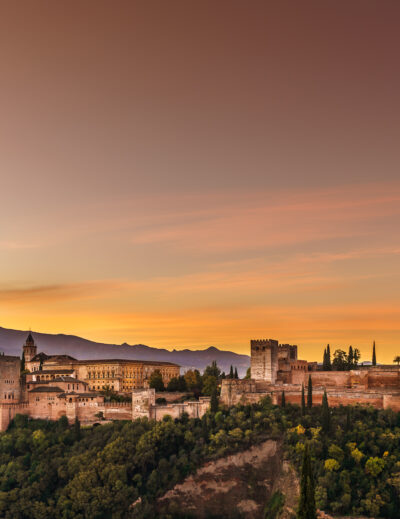
Leave a Reply